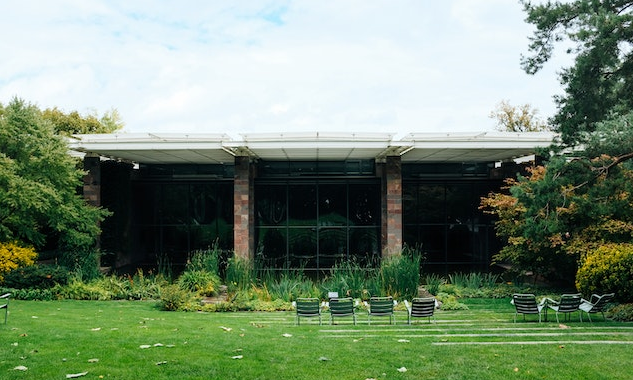Learn How to Lime the Lawn
It’s time to beneath your yellow lawn. Your soil is telling you it needs some help. You followed the fertilizer bag instructions, precisely yet you’ve seen no improvement. Could your lawn need lime to restore the pH balance of your soil? With this information surely you will learn how to lime the lawn of your property landscape.
If you are not related with lime, you also will learn its meaning , best types and the time you need to grow a healthy lawn.
The meaning of lime
Lime is a soil amendment that comes from ground limestone. It’s applied to lawns to raise soil pH. The soil’s acidity becomes neutralized by adding lime to it, creating a more conducive environment to your lawn to thrive well.
Why should you lime your lawn?
Turf grass grows best with a soil pH level that is slightly acidic to neutral. Although the ideal pH level can fluctuate with various grass and soil types.
Another way to take care your lawn is preventing erosion vs. retaining walls.
Lawns that could benefit from the lime products generally have a too acidic pH level. When soil is too acidic, the roots struggle to uptake available nutrients. So no matter how much fertilizer you apply to the lawn. The soil will hinder nutrient absorption. Your turf grass may weaken as a result, making it susceptible to these ailments:
- Wilting grass blade.
- Yellow spots on your lawn.
- Lawn disease.
- Vulnerability to pests.
- Increase in lawn weeds.
- Increase in lawn moss.
How to lime your lawn?
There are several steps to take to achieve the best results from a lime application. let’s see them now:
- Test your soil.
- Aerate and dethatch.
- Calculate how much lime you have.
- Apply the lime.
- Water your lawn.
If you want to have deepest information about these recommendations we gave you for liming your lawn, before you think twice about artificial turf, the only thing you have to do is to contact us. Then our advisor consultants will answer all your questions.


